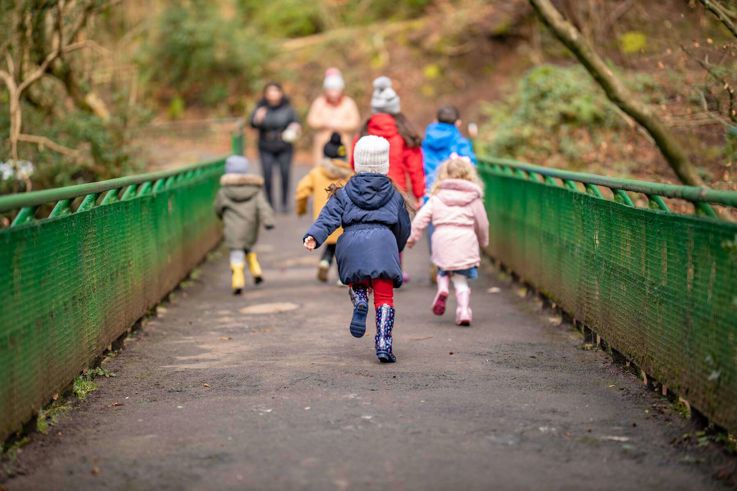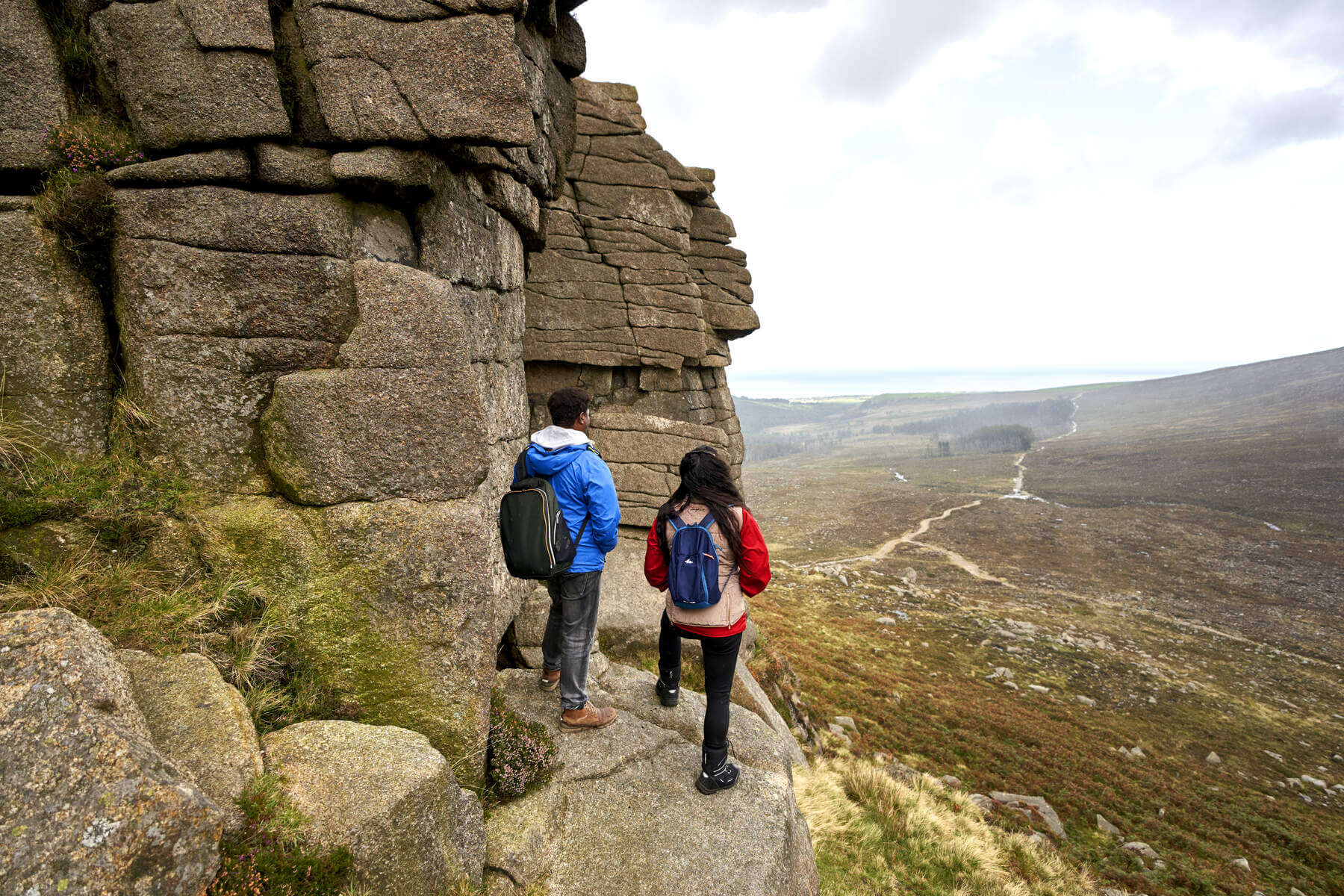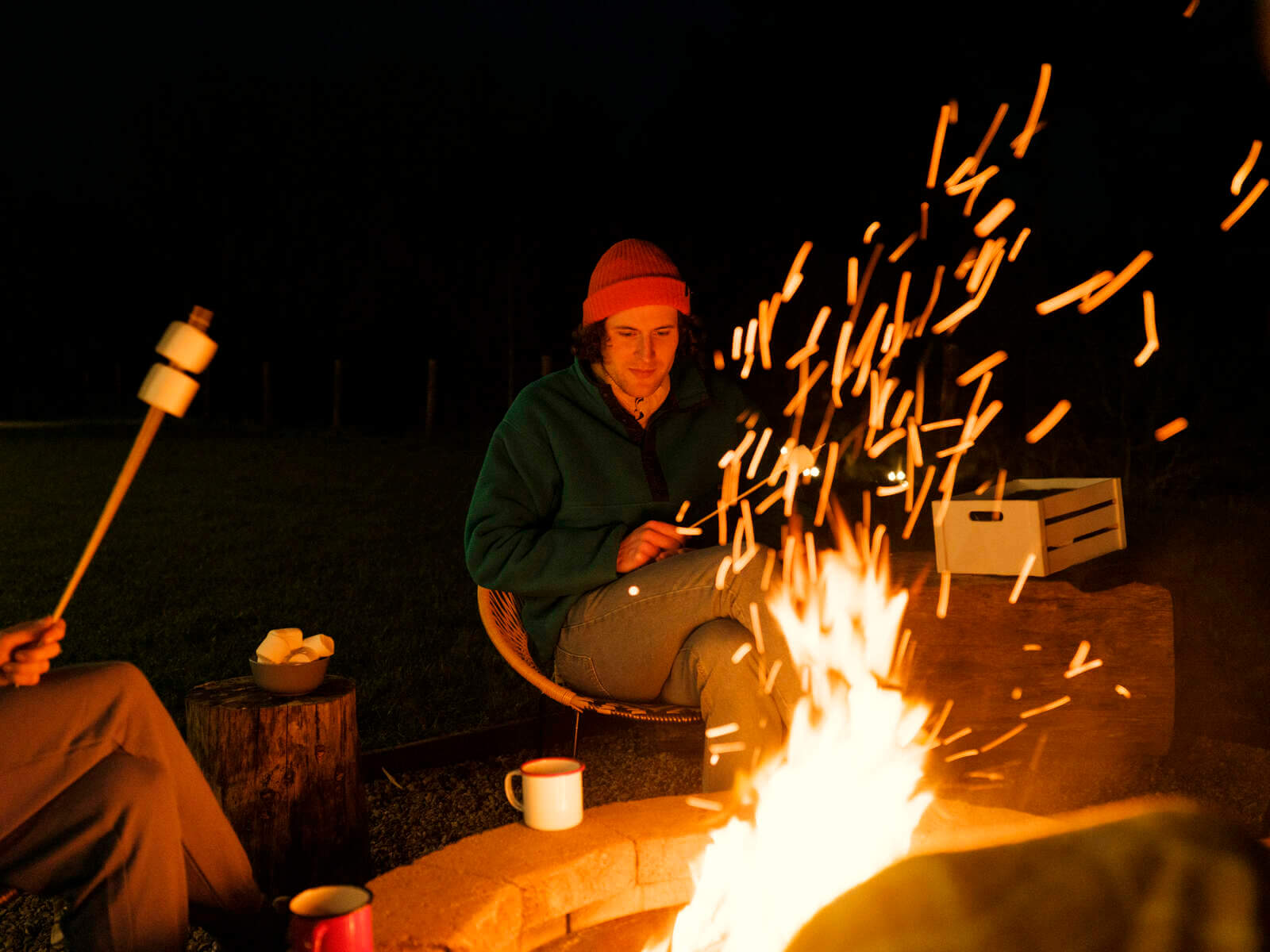Top Ten Tips for Starting your Outdoor Place – Based Experience
Contents
- Building your attraction & activity business
- How to develop and grow a viable and sustainable tourism business
- E-commerce web design: the basics
- Pricing for profit for tourism businesses
- Understanding Outdoor Tourism
- Top Ten Tips for Starting an Outdoor Activity Business
- Top Ten Tips for Starting your Outdoor Place – Based Experience
Contents
- Building your attraction & activity business
- How to develop and grow a viable and sustainable tourism business
- E-commerce web design: the basics
- Pricing for profit for tourism businesses
- Understanding Outdoor Tourism
- Top Ten Tips for Starting an Outdoor Activity Business
- Top Ten Tips for Starting your Outdoor Place – Based Experience
Top 10 Tips for Starting your Outdoor Place – Based Experience
Over the past decade, a strong portfolio of outdoor places has been developed throughout Northern Ireland providing unique opportunities for our visitors to embrace our landscapes, culture and heritage.

Country estates, farms, gardens, public forests and parks have all been thoughtfully positioned to allow the visitor to connect, discover and feel inspired and refreshed.
The Embrace A Giant Spirit Experience Development Toolkit provides an excellent foundation to help you develop your outdoor place based experience, however we’ve provided some further specific steps below to help you deliver on the Embrace the Giant Experience promise.
Tip 1 – Don’t Dive In
Developing an outdoor place will require a considerable investment of time and money – careful planning is therefore required to ensure this can be undertaken efficiently and effectively to achieve the best returns.
It is crucial to gain an understanding of the factors that will determine the quality of your outdoor experience and your ability to sustainably deliver.
Tip 2 – Be Visitor Led
Don’t fall into the trap of developing your outdoor place and then consider who will visit – it is fundamental that your decision making is visitor led. To help - we’ve identified priority segments for both the Domestic Market and Republic Of Ireland market with Tourism Ireland providing the same for GB and other international markets. Don’t forget those close to home – it is those living within a 20-30 miles radius who will provide the foundation of visitors to your business, help sustain visitation throughout the year and also add to the experience by acting as ambassadors to provide the ‘Super Inspirer’ of the big-hearted spirt of the people of Northern Ireland.
Understanding the needs and motivations of the prospective visitor will inform experience development, positioning, pricing and communication.
Tip 3 – Understand the Environment
There are many external factors which will influence the success of your outdoor place – you can’t control these, but a strong understanding will be key to decision making. It is important to take steps to understand:
- The potential size of the market – as a very broad guide calculate the local population (within 20-30 miles) and multiply by 20% (estimated market penetration) to gain estimated annual visitor numbers. Tourism numbers will be in addition to this.
- Competitors – undertake analysis of those within 20-30 miles. Ask yourself – what do they offer, what is their approach to pricing, how do they position themselves? It is important not just to consider other outdoor places but also who is else is competing for your potential visitors’ time e.g family days out. Of course, competitor analysis may also identify opportunities to cluster or collaborate on a destination sell.
- Trends in outdoor recreation – Land, Water and Sea is a ‘key inspirer’ within the Embrace A Giant Spirt brand. Visitors to Northern Ireland love our fantastic landscapes and this inspirer includes opportunity for physical challenges, escapes into wellbeing, tranquillity and solitude. It can include contact with wildlife and explorations of geology or architecture. It is about first-hand experience and immersion in the environment. Undercover the latest trends in the outdoor recreation.
Tip 4 – Be Authentic
Don’t fall into the trap of simply replicating what has worked for others within your outdoor space. Whilst your experience may be developed on the similar core components, in order to differentiate your outdoor place, consider how you can integrate your own stories, your own character and your unique sense of place.
Tip 5– Set out your Vision
Setting a clear vision, mission and objectives will provide you with the necessary focus and clearly communicate your ambitions to key stakeholders such as external funders, tourism bodies and staff.
- Vision - what you ultimately want to become
- Mission – how are you going to get there
- Objectives – what are the milestones of success
- Values – how are you going to conduct yourselves
Tip 6 - Innovate
Innovation distinguishes between a leader and a follower
Steve Jobs
Innovation distinguishes between a leader and a follower
Steve Jobs
What will you do to create your cutting edge, to create a surprise and make a lasting impression? The outdoors can provide a range of opportunities to do so. A few examples include:
- Forget swings and roundabouts – integrate natural play opportunities to provide shared experiences for families
- Capture the view – develop a strategically positioned and creatively designed viewing platform which provides that unforgettable view
- Solitude and tranquillity – ensure your trail network provides the opportunity to escape from other visitors and connect with nature
- Ditch the panels - use sculpture, augmented reality, skilled guides to tell the story and uncover nature
- Go Green – There are lots of examples of how you can make sustainability a core element of your business and attract a more eco-friendly visitor.

Tip 7 – Masterplan
A well-considered masterplan will be your road map to success – it will provide a phased approach to the development of your outdoor place i.e. laying out what needs to be delivered first and how subsequent steps will be incorporated. For example, where will your car park be positioned to service your phase 1 play park but also service your phase 2 visitor centre.
The masterplan should consider:
- Current use including any aspects not related to visitor experience e.g. agriculture
- Visitor flow and connectivity between different parts of the outdoor place i.e. customer journey from entrance to exit
- Key assets of the place
- Key constraints to future development e.g. ground conditions, ecology, topography, planning regulations
All proposed development should be underpinned by sustainability to ensure any development is not detrimental to the environment in which it is located – in fact you should also look for ways to add value to the environment.
Tip 8 – Get the Basics Right
Your authentic and innovative approach will be undermined if you don’t get the basics right. There is no point having a state-of-the-art natural play area if the car park is too small, the toilets are substandard or there is a lack of litter management. Don’t forget the basics!
Tip 9 – Collaborate
Collaborating with other providers is an excellent way to enhance and animate your experience as well as create local connections for your visitors. Could you incorporate a local food or drink producer, an outdoor activity operator, a storyteller or artist? Ensure they match your vision and sense of place.
Tip 10 – Review & Refresh
Trends in outdoor recreation are evolving at an ever-increasing rate – it is therefore essential to not rest your laurels and you continue to review and refresh. Keep abreast of industry trends, keep an eye on the competition, gain feedback from your customers and continue to innovate.
